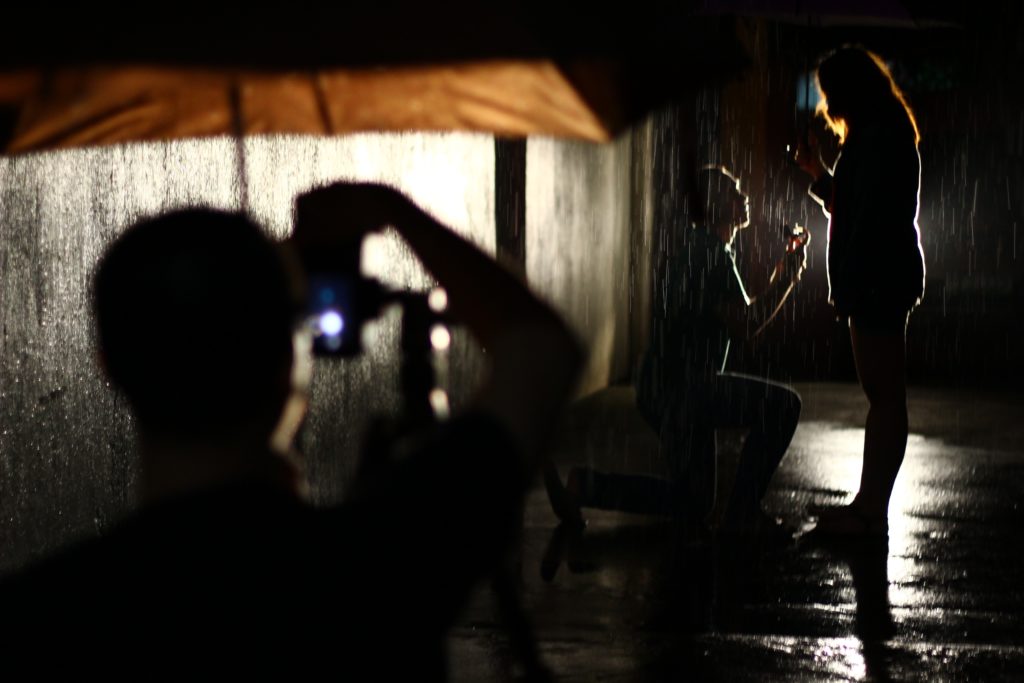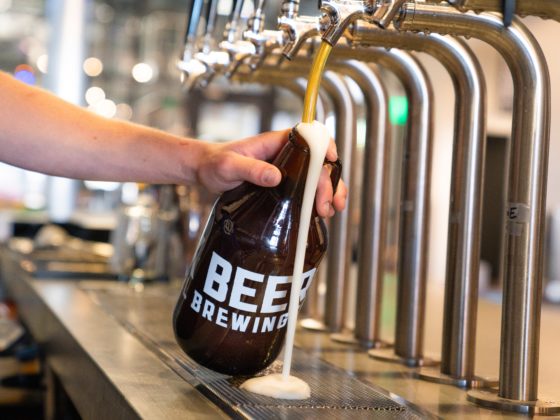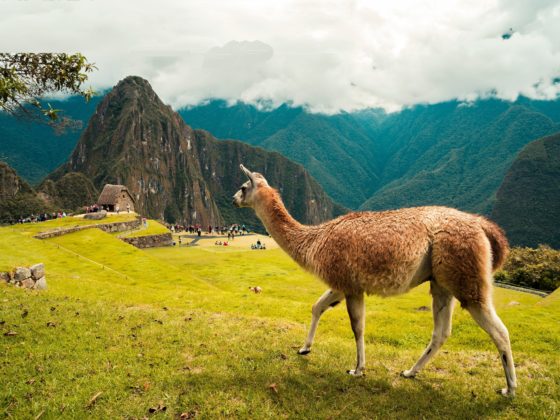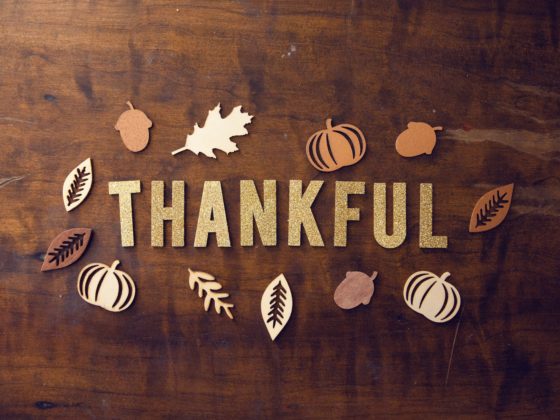As a result of COVID-19, many crews are moving shoots outside as much as possible. While it’s demonstrably safer than indoor shoots for the time being, it also brings a whole new set of variables onto your shoot.
As we enter fall and winter it’s just going to be more challenging as we face more inclement weather. Whether you’ve got “Little bitty stingin’ rain” or “big ol’ fat rain,” the movies will have you believe everything is better in the rain. The kisses are more passionate, the redemption, more sweet, and the sadness, more palatable. Whether it’s rain you made yourself out of sprinklers or actual rain from the sky, it can be difficult to film in.
Four tips for shooting in inclement weather
1. Protect your equipment
You can buy rain bags–umbrellas designed to clip to your gear–or make a DIY rain bag for your equipment. You’ll also need to protect your mics and cables. The most comprehensive solution is a custom cover that allows you to access the controls, point the lens out from under the hood, and still see through the viewfinder. Some cover just the camera, while others cover camera and operator. In addition covering your camera and gear, you could also invest in water-resistant equipment. Don’t get too comfortable though. It’s not waterproof.
2. Pay attention to lighting
There are whole classes just on lighting in the rain, but here’s a really important fact: if you don’t do it well, it doesn’t look sexy or redemptive. A poorly-lit scene in inclement weather will take viewers out of the scene. It just looks sad. And not the life-affirming kind of tender ache you might be going for. Two basic keys are not to shoot in the sun and to backlight the rain. If you must shoot on a sunny day, you can take a page out of Inception’s book and block it.
3. Plan, plan, plan
In addition to having all your gear ready, conduct light studies with the camera you’ll use plus several positions at different times of day and record the results so you can find out exactly when “magic hour” is most magical. These are the only times of day that you can be sure there will be no direct sunlight. That way, you know when to show up. You’ll also need to be highly in tune with the forecast and build in extra time for delays and additional setup/teardown time. Even if the forecast is clear, be ready to provide a backup dry place for your cast, crew, and equipment.
4. Make it rain
If you need to make it rain, you can do it on a low budget or you can bring in the heavy duty equipment. There are rain rigs which allow you to control the distribution and flow and rain trucks which cost a fortune but look incredibly authentic. You can also give your scene that “just rained” look with a wet down. That’s a fancy name for hosing off the surface and calling it good.
Rain isn’t the only inclement weather to plan for. Winter is coming and will bring with it snow and fog. If it’s on your mind, too, these tips for shooting in snow can save your equipment and your shot.
Looking to add some work to your pipeline? Apply to be a Crew Connection crew and get matched with high-quality clients and guaranteed Net 30.







